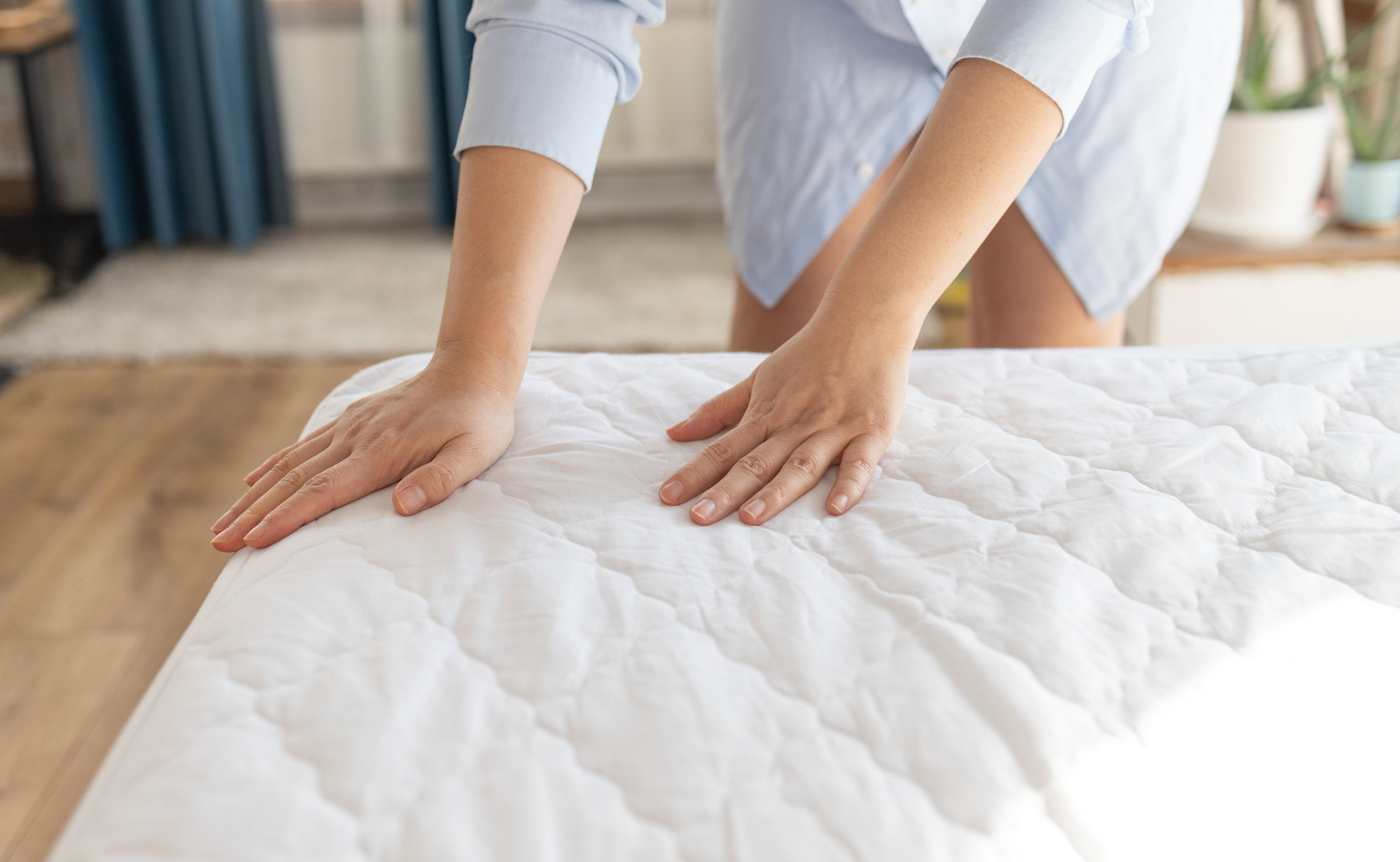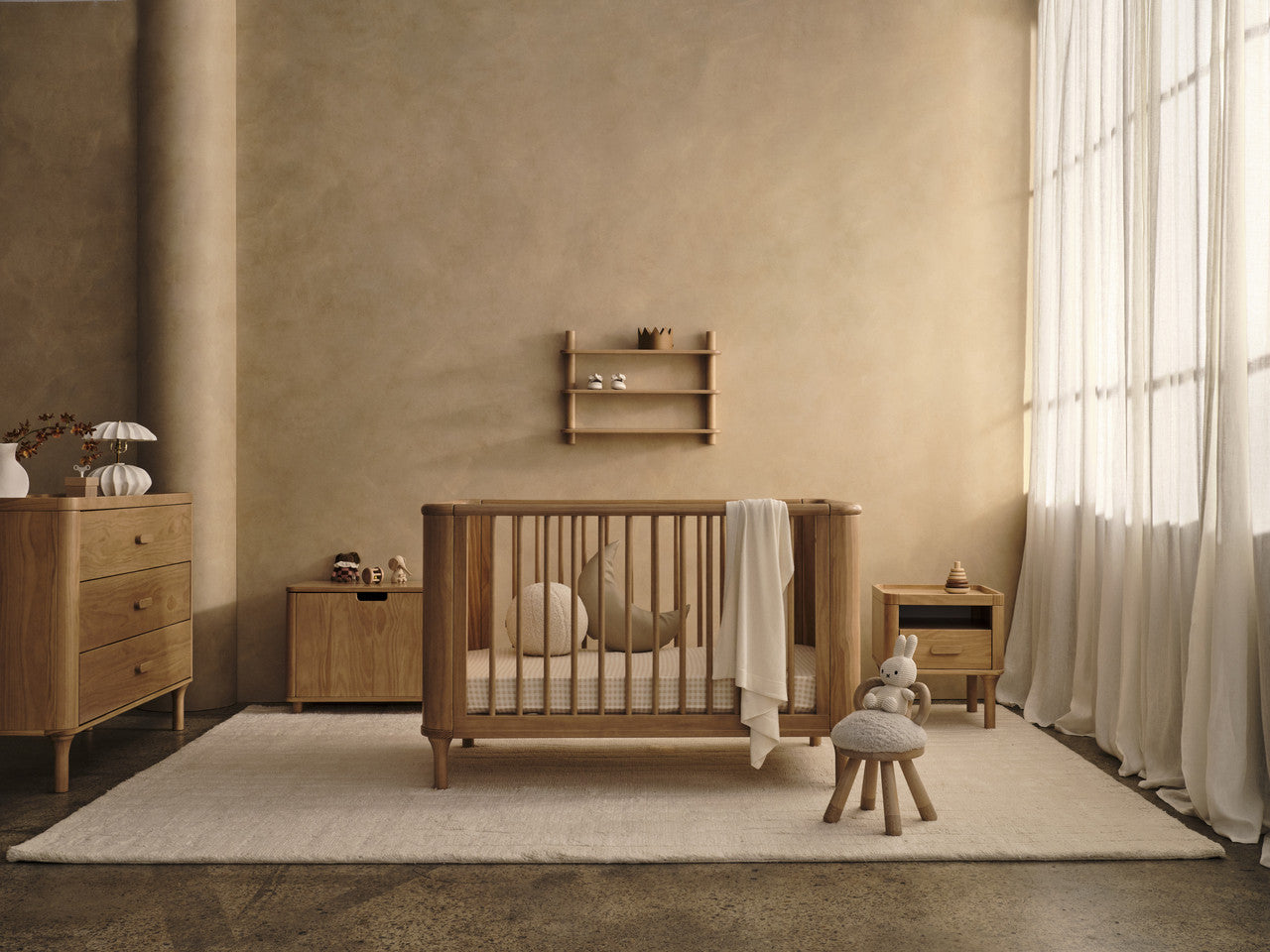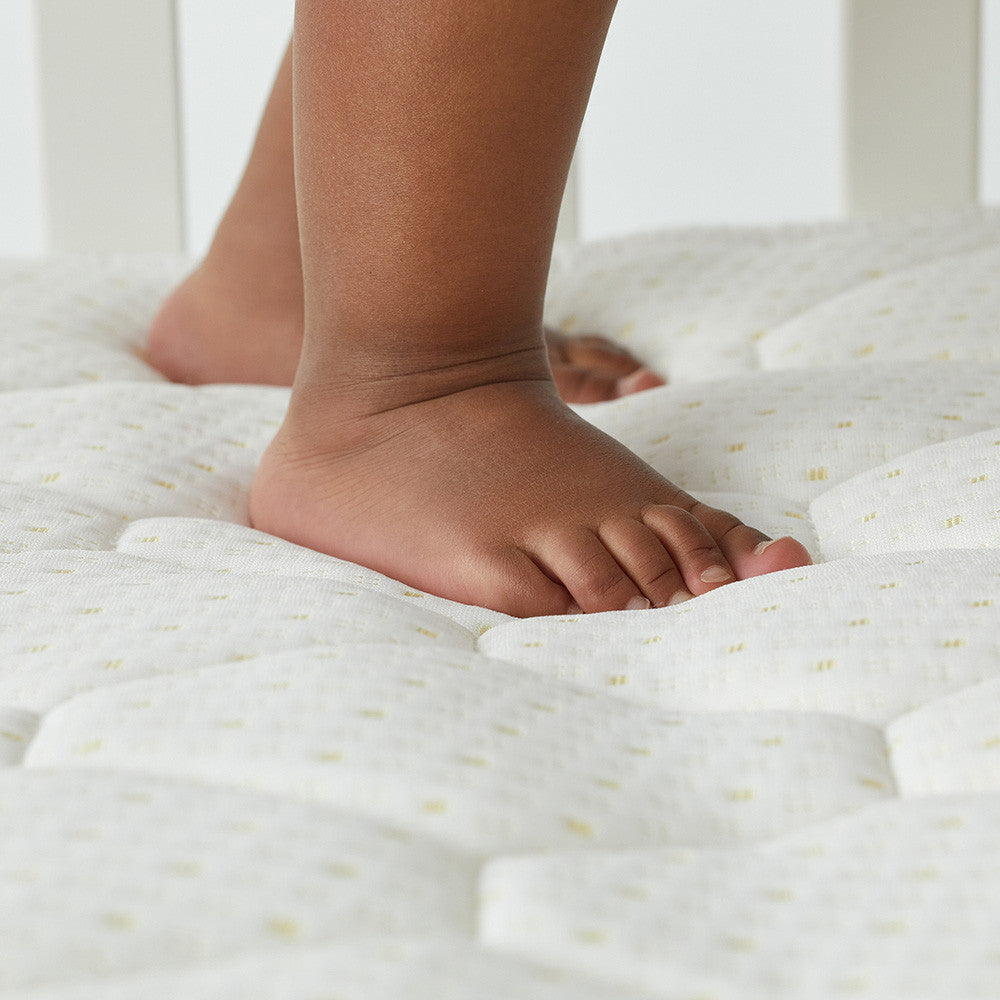At Seena, we know that your mattress isn’t just some little thing; it’s a significant investment in your overall health and well-being, with the benefits of good, regular sleep highly researched in modern science.
Therefore, you want to take care of your mattress and get the most out of it in the long run. So what can you do to ensure that it will go the distance? Well, regular cleaning is a fantastic way to enhance the longevity of your mattress and remove any unpleasant odours or stains.
In this Seena article, we will break down exactly why cleaning your mattress is so important, provide a step-by-step guide on how to clean a mattress, how to protect your mattress going forward, and when to replace your mattress.
Why Is It Important to Clean Your Mattress?
So you shower every night before going to bed, change the sheets every week, why should you bother cleaning the mattress? Aren’t you already pretty clean? Well, yes, you may be clean, but over time mattresses will still accumulate dust, dead skin cells, dust mites, among many other undesirables. Not only can this be unhygienic for you over time, but it can also trigger allergies and respiratory issues. By regularly cleaning your mattress, you can keep your sleeping area as fresh and clean as you are, and promote better quality of sleep year-round.
How Often Should You Clean Your Mattress?
So you may be wondering, how often should you clean your mattress and reset your sleep environment? Well, at Seena, we recommend vacuuming your mattress every 1 to 2 months. Vacuuming allows you to remove dust, allergens, and dirt before they accumulate to an undesirable level. You should also spot clean any stains as soon as they occur to stop them from setting. A complete deep clean should be performed every 6 to 12 months to refresh the fabric and eliminate dust mites, sweat, and dead skin cells. Investing in a high-quality mattress protector is also highly recommended, as it helps to keep your mattress free from stains while reducing the frequency with which you have to clean it. By cleaning your mattress, you’ll create a hygienic environment to rest your head.
What Supplies Are Needed To Clean A Mattress?
Here is a comprehensive table of all the supplies you’ll need to effectively clean your mattress the right way, so that you set yourself up for success every clean.
|
Normal Clean |
Light/Medium Stains |
Heavy/Old Stains |
|
|
|
|
|
|
|
|
|
|
|
|
Some other strong options you may want to consider include:
-
Portable Steam Cleaner
-
Soft-Bristle Brush
-
A High-Quality Mattress Protector
-
Antibacterial Fabric Spray
Step-by-Step Guide to Cleaning Your Mattress?
We have created the perfect step-by-step guide, call it your mattress cleaning bible, that will guide you to a perfect mattress every time.
-
Stay Vigilant With Washing
Having a clean mattress starts at the top. You should be washing your bedding (sheets, doona cover, blankets, pillowcases) at least once a week. A hot water wash is the best way to get rid of dust mites or any surface stains; however, it is always important to read the labels on your bedding to see what the recommended washing cycle is.
-
Gather Your Supplies and Strip the Bed
Before you begin cleaning your mattress, make sure to assemble all of the items you’ll need to do a thorough job. For example, if it’s a light general clean grab bi-carb soda, cold water, a vacuum cleaner, and a microfibre cloth. Consult the table above to see what you need for your cleaning job.
Remove all pieces of bed linen, pillows, and mattress protectors from your mattress. This ensures you have full access to the mattress surface for a clean.
-
Vacuum Your Mattress
If you have one available, attach the upholstery nozzle to your vacuum cleaner. From here, turn on the vacuum and go across the entire surface of the mattress to target all dust, dirt, and allergens. Attention to detail is key here, as areas such as the seams and edges are where dust tends to accumulate.
-
Spot Clean Stains
Closely look at your mattress and identify any stains or areas of discolouration that you want to target. Create a solution of warm water and a small amount of mild dish soap (preferably not too fragrance-heavy). Lightly dampen a clean cloth with your solution and blot the stain. Repeat this process until the stain is removed.
For tougher stains such as urine, blood, sweat, and other biological stains, you should apply 3% hydrogen peroxide to the stain through a spray bottle, and then let it soak for 5-10 minutes. An enzyme-based cleaner is a fantastic option as it breaks down organic matter at a molecular level, removing the stain instead of just masking it.
-
Air Out The Mattress
Another great strategy is to get the power of the sun onto your mattress. Placing the mattress outside in direct sunlight or near an open window is a fantastic way to eliminate moisture, reduce odours, and kill bacteria naturally. Do this after you have done all the previous steps of cleaning.
-
Flip Or Rotate The Mattress
Flipping and rotating your mattress every few months is a great way to promote even wear of the mattress and ensure that you get the longest lifespan out of your mattress. On top of this, you should clean the other side of the mattress as well, as it can also harbour bacteria, dust, debris and much more.
-
Protect And Maintain Your Mattress
Once your mattress is fully dry post cleaning, consider using a waterproof mattress protector to help prevent future stains and make later cleaning easier. Stay on top of your cleaning; vacuum your mattress every month, and deep clean the mattress every 6 months.
Deep Cleaning Tips For Your Mattress
Tip 1: Use an enzyme cleaner to break down organic stains such as sweat, vomit, urine, or other human stains. This type of cleaner is significantly more effective than traditional soap-based solutions.
Tip 2: A steam cleaner can be your best friend. Using a handheld upholstery cleaning device to kill dust mites and bacteria is an effective strategy, but you need to make sure you don’t oversaturate the foam.
Tip 3: Disinfect the mattress with a fabric-safe spray. Use a diluted rubbing alcohol or commercial disinfectant that has been specifically formulated for upholstery.
Tip 4: Use a crevice tool to properly clean seams, tufts, and crevices. This is where dust and dead skin cells love to thrive, so this is the perfect way to ensure your cleaning is as thorough as possible.
Tip 5: Use essential oils such as tea tree and lavender to erase musty smells. You can do this by sprinkling several drops into baking soda before applying it to the mattress.
Tip 6: To speed up the drying process after cleaning, you can consider setting up a fan or dehumidifier near the mattress. This is also a great way to prevent mould.
Tip 7: On top of cleaning the mattress, clean and check the bed base or frame. Dust, pet hair, and moisture from the frame can transfer onto the mattress, so keeping the base clean will also make the cleaning process easier.
Tip 8: Vacuuming under the bed and the surrounding area regularly is a fantastic way to prevent airborne dust from resettling on the mattress.
When Should You Replace Your Mattress?
Even if you maintain a regular cleaning regime, you’ll eventually have to replace your mattress. So how do I know when it’s time to do so? Well, on average, a high-quality mattress should last up to 10 years when looked after properly. However, this isn’t always the case, and the moment you start noticing lumps, sagging, deep stains, or waking up sore and stiff, then it is a good idea to start shopping for your new sleep best friend.
If you are no longer getting a good night’s sleep regularly, then it is time to replace your mattress. A good sleeping pattern is one of the most important ways to maintain optimal functionality and health. If you notice that your sleep is becoming an issue, it is always better to make the jump to purchasing a new mattress sooner rather than later.







Share:
Thread Count Sheets - What You Need to Know